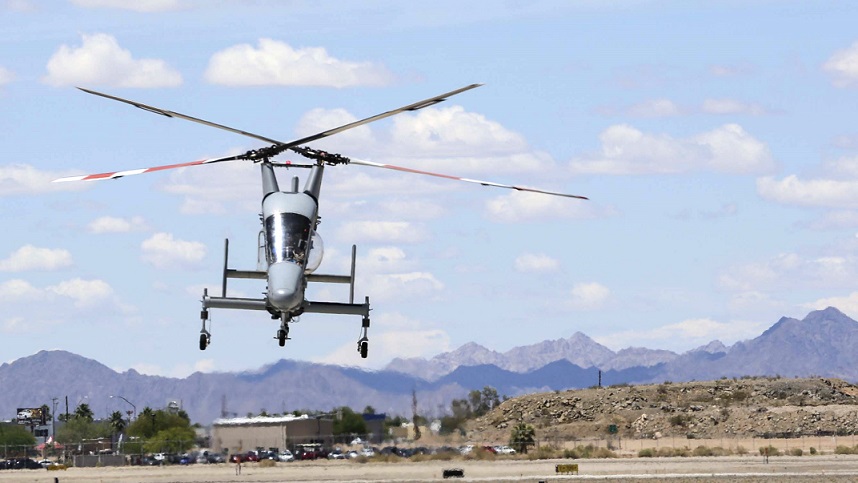
This post is also available in:
 עברית (Hebrew)
עברית (Hebrew)
Autonomy is more and more employed in the vertical takeoff and landing field. An intelligent autonomy system has been developed for the K-MAX helicopter, a large-scale transport aircraft capable of lifting a payload of 6,000 pounds.
Environmental awareness is essential for the vehicle to be able to avoid obstacles and complete autonomous missions safely and efficiently
The capability developed will be broadly applicable to large aircraft that can take off and land vertically with a large set of commercial and military applications.
The project supported by the US Naval Air Systems Command (NAVAIR) is a collaboration between Near Earth Autonomy and Kaman Aerospace.
Using sensors and computing onboard, the aircraft can sense its environment to make real-time flight decisions such as deciding to fly around objects in the flight path and selecting clear places to land or to drop off cargo. Applications for safe autonomous aerial logistics include the efficient movement of military supplies, patients, and Warfighters. Autonomous large-scale heavy transport also enables commercial applications for delivery and urban air mobility, according to Near East Autonomy’s statement.

























